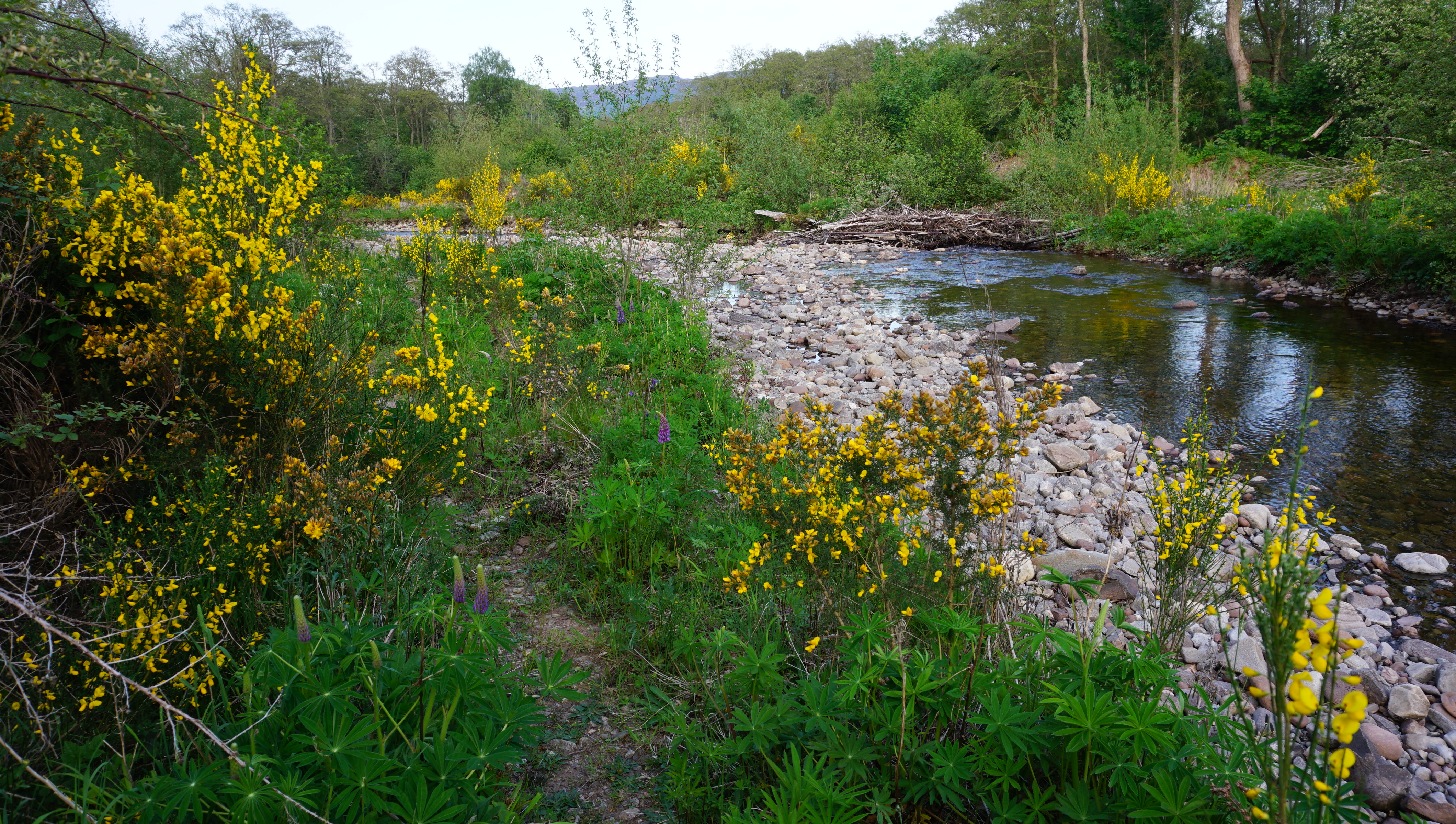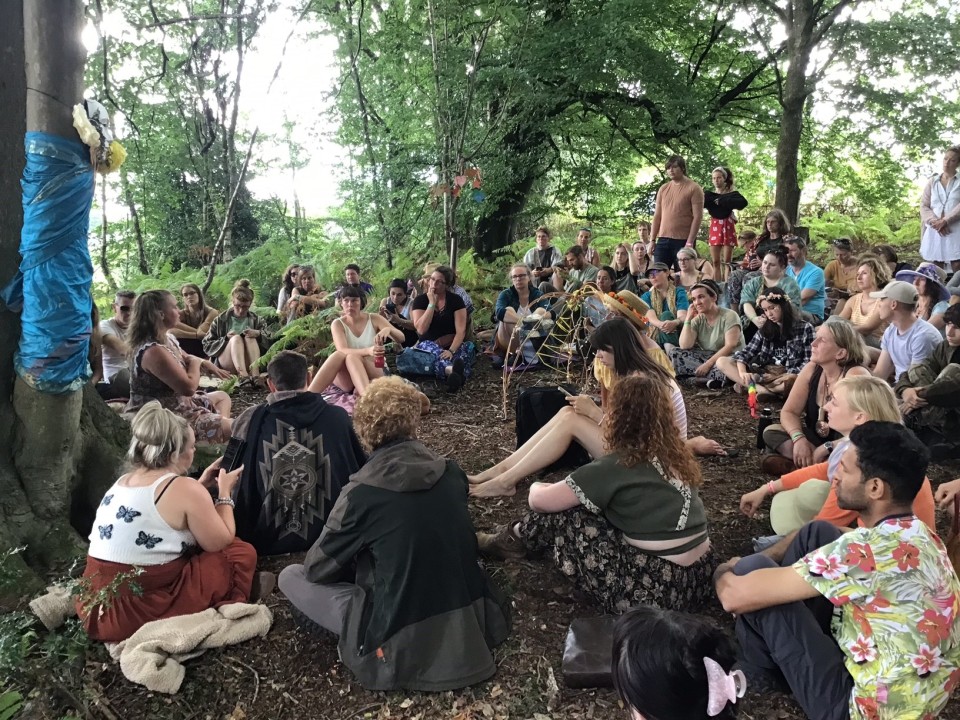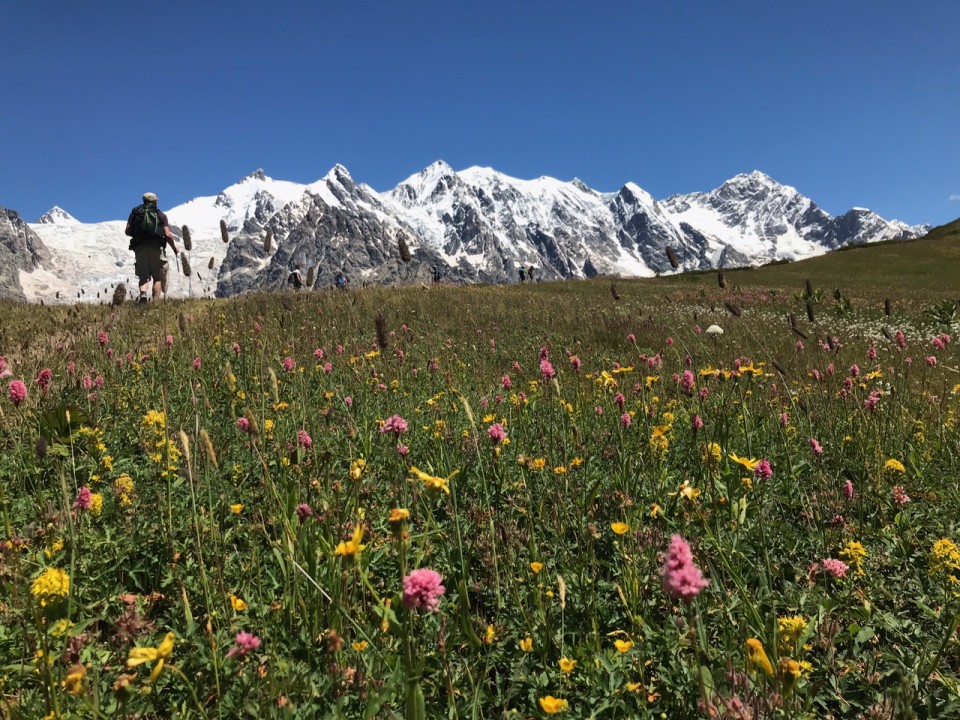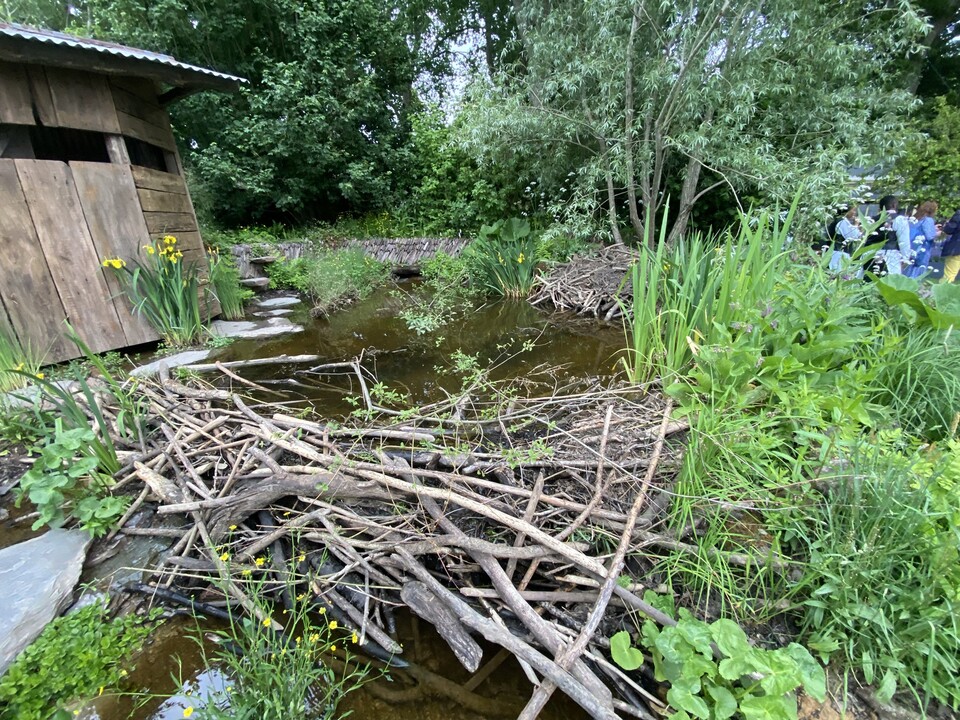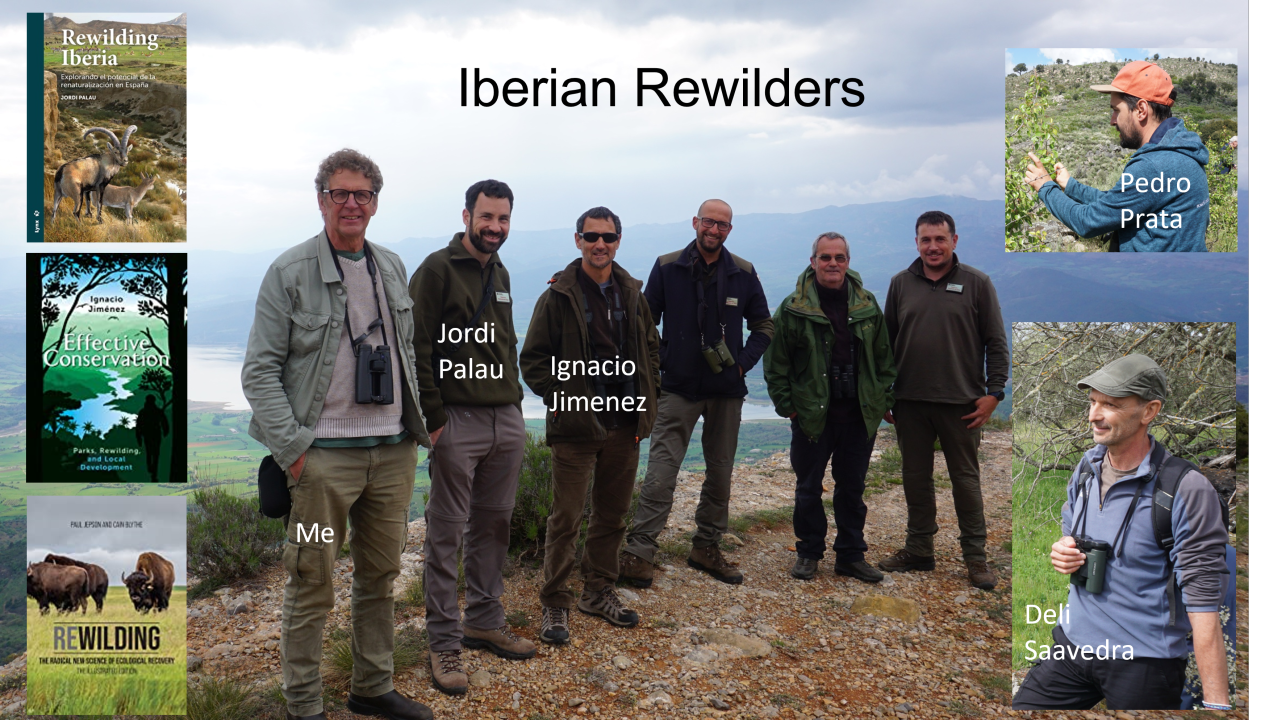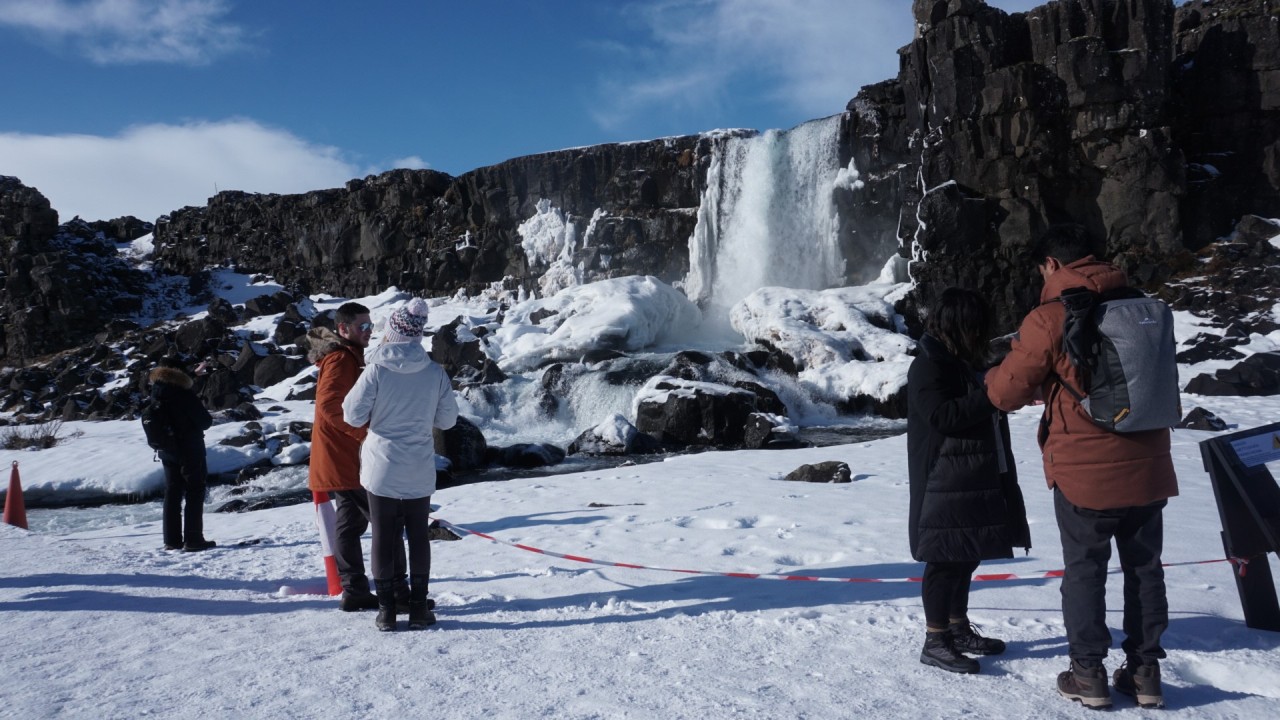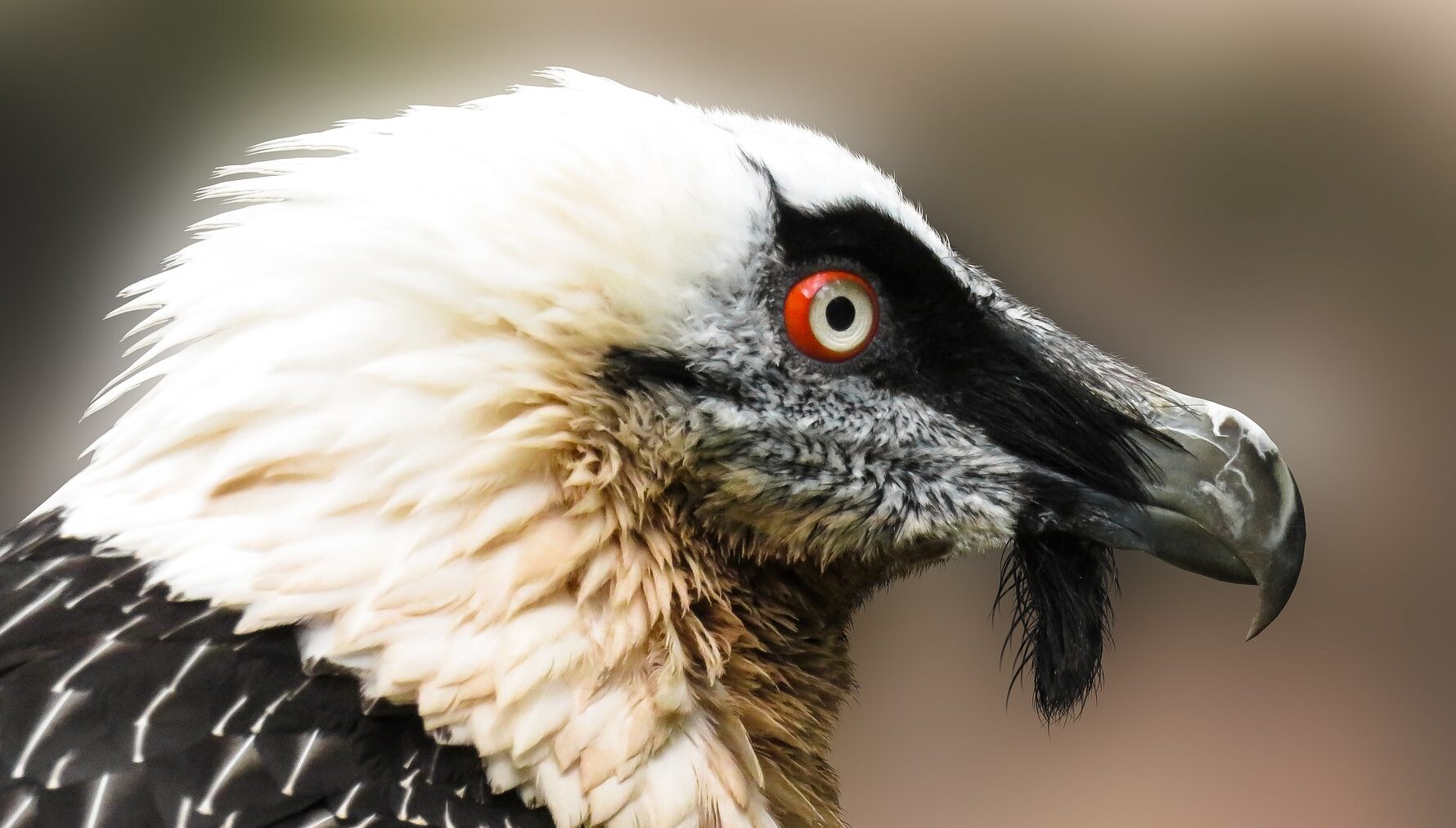On a June evening I took a walk in Urquhart Bay Wood on the shores of Loch Ness. The main trail took me down to the confluence of two burns. Relaxing a while, I watched a chaffinch fluttering up from a shingle bank and snaping up aquatic flies that were congregation under overhanging foliage. As I did so, I pondered on the concept of Ecospace and the way dynamic systems create conditions that organisms can take advantage of. The chaffinch is no fly catcher, but the ephemeral shingle bank provided a launch pad that made catching flying, protein-rich snacks easy.
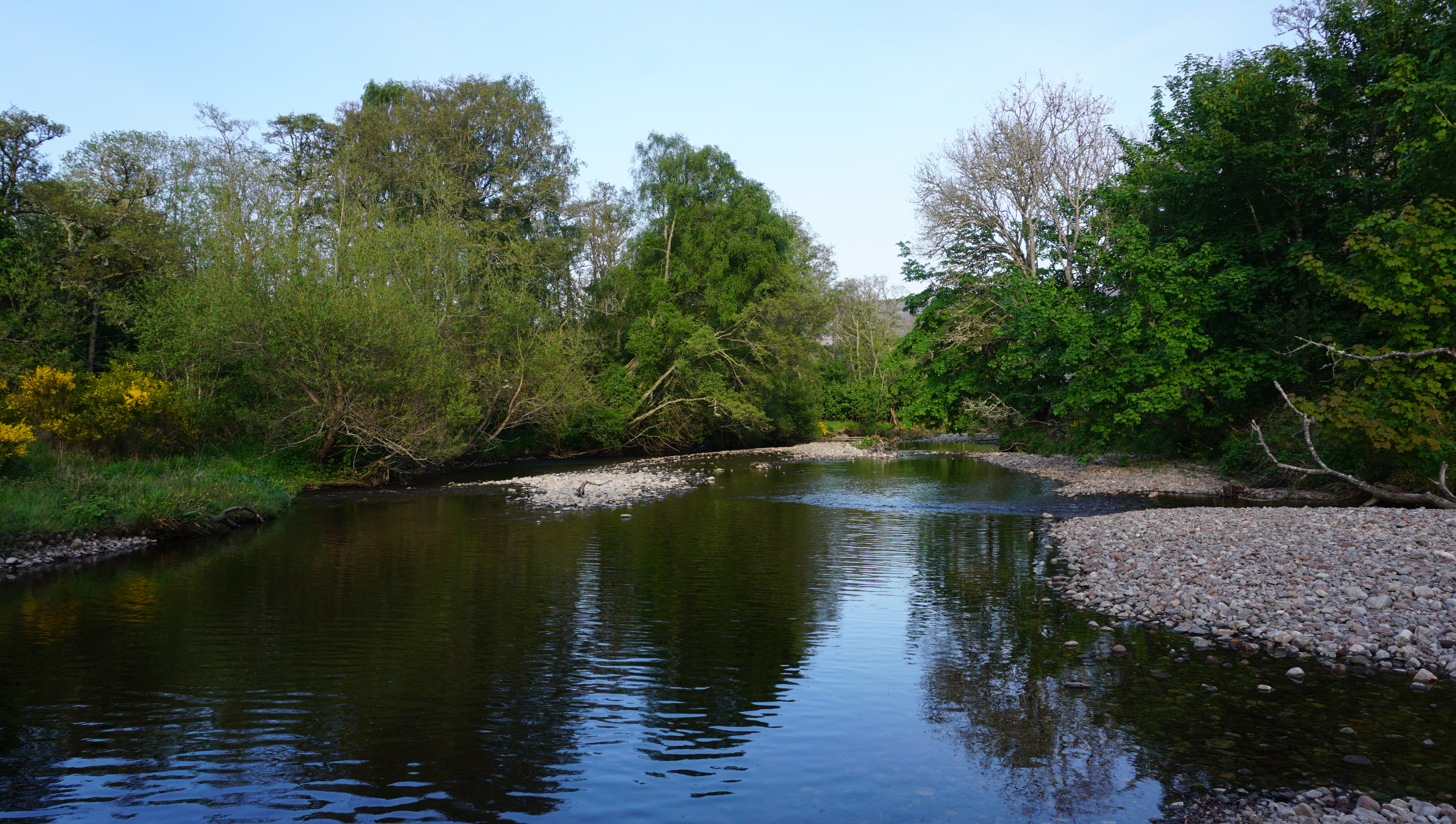
Returning, I decided to follow a secondary trail branching off to the left. This followed a winter stream bed and it led me to a naturally dynamic river where, a little way downstream, a pile of woody debri looked as though it was damming part of the river. So called ‘leaky dams’ are being installed as part of natural flood management initiatives and, intrigued to take a closer look at what they are intended to mimic, I headed down river.
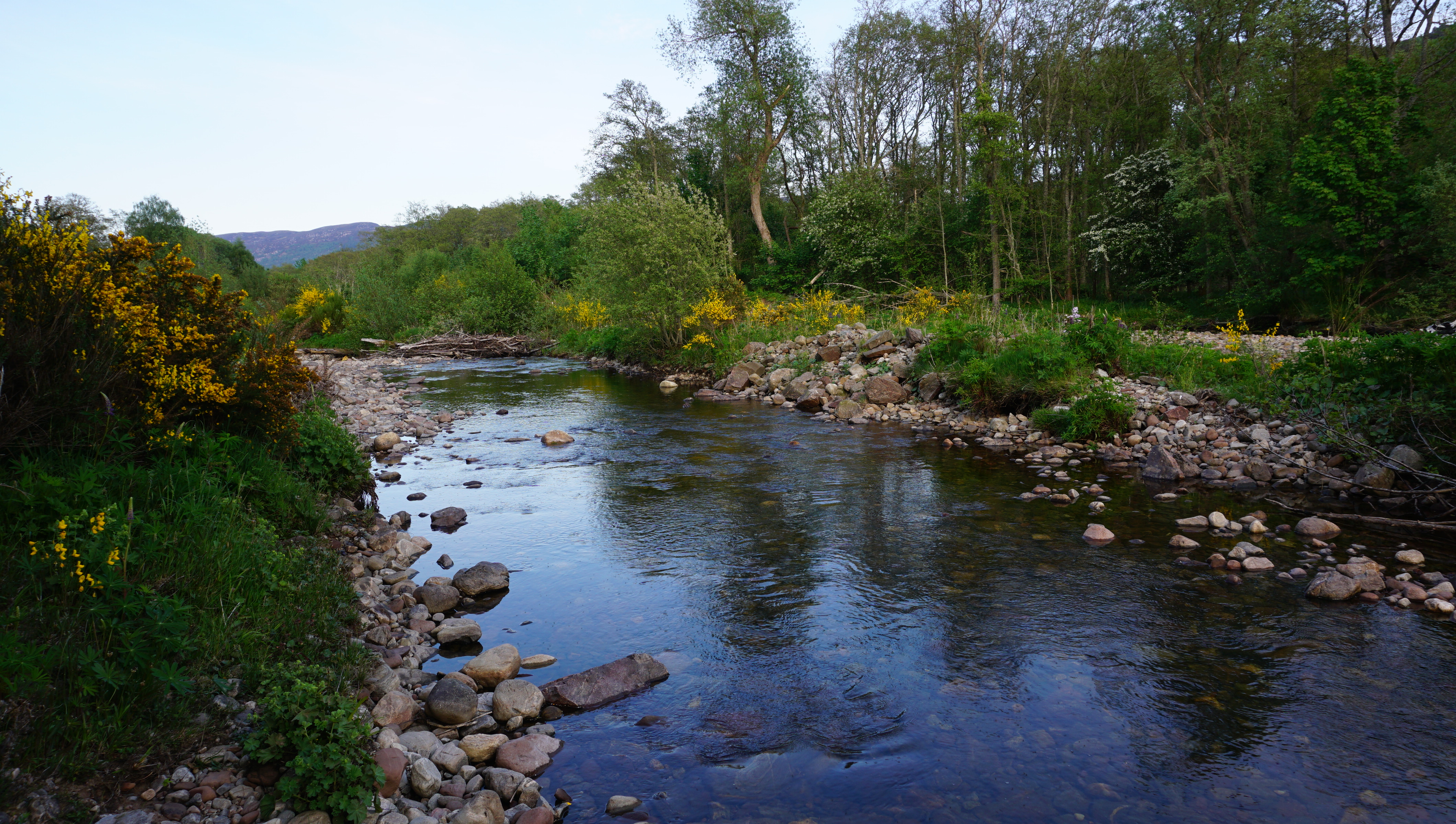
My route looked to be blocked by a large clump of lady’s smock but I found a hint of a trail, which led me to a bolder spit with a beautiful aesthetic. There, set against a back drop of bold green foliage and white boulders, was a thriving plant community of bright yellow broom and purple lupins interspersed with white stitchwort and the occasional delicate blue columbine. On my walk from Drumnadrochit to the woods I had been admiring columbines and lupins in roadside gardens but seeing them in an ecosystem setting was something special – intellectually as well as aesthetically.
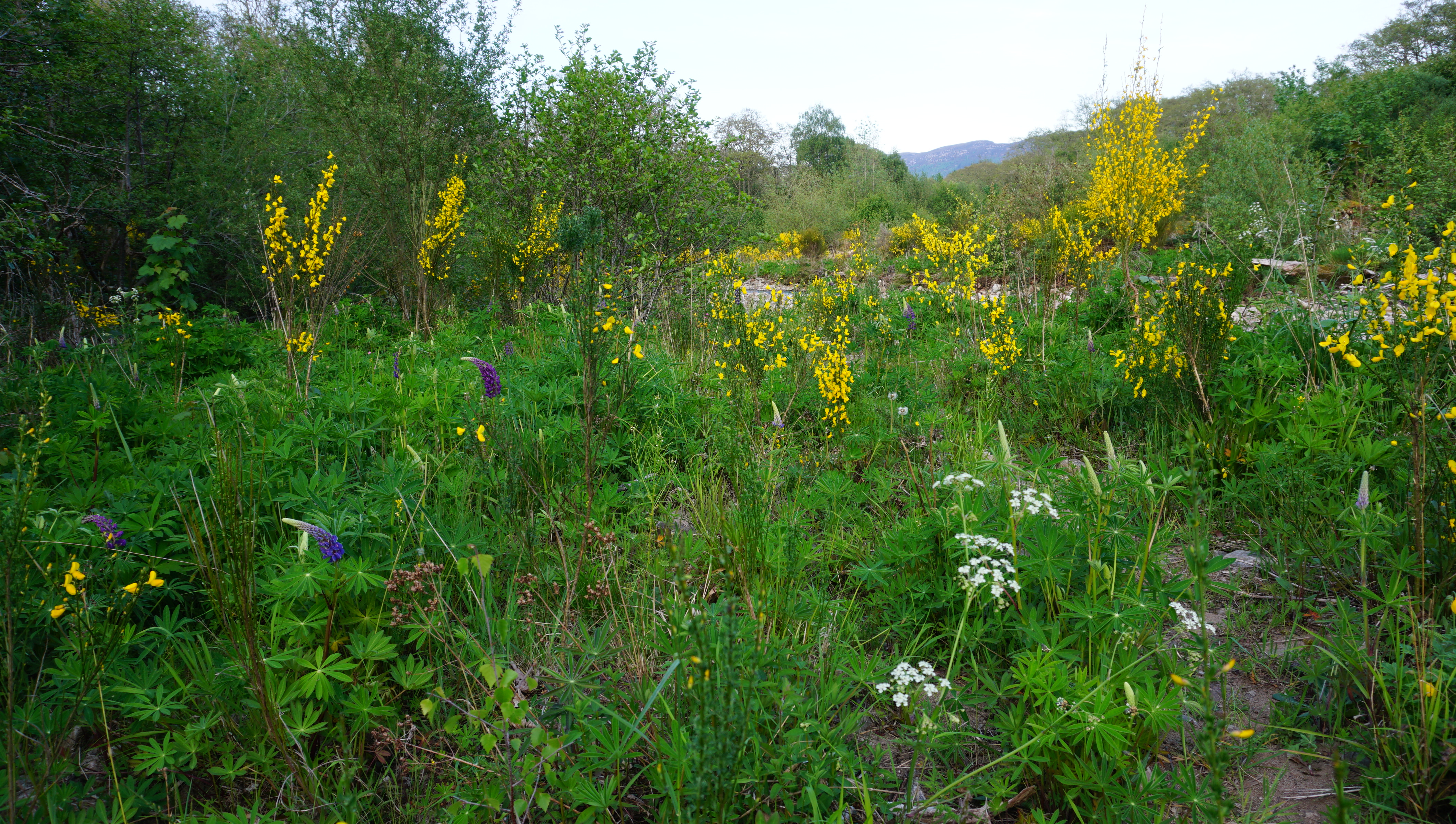
As a rewilding scientist and practitioner, I often think about what rewilders term ‘novel ecosystems’ and human geographers like to call ‘cosmopolitan natures’. I was excited to encounter these concepts living and present in such a beautiful setting. Thriving together on this shingle spit were lupins originating from the Mediterranean and native brooms and columbines that could be either native or garden escapes. They looked very much in place and beautiful, yet for ecologists working for conservation agencies the presence of lupins would be deemed ‘problematical’. Lupins are classed as an invasive species because their seed pods travel down river systems and their deep roots are believe to stabilise shingle banks. On the Tummel Shingle Islands reserve near Pitlochry teams of volunteers mobilise to pull out lupins and maintain the shifting environment.
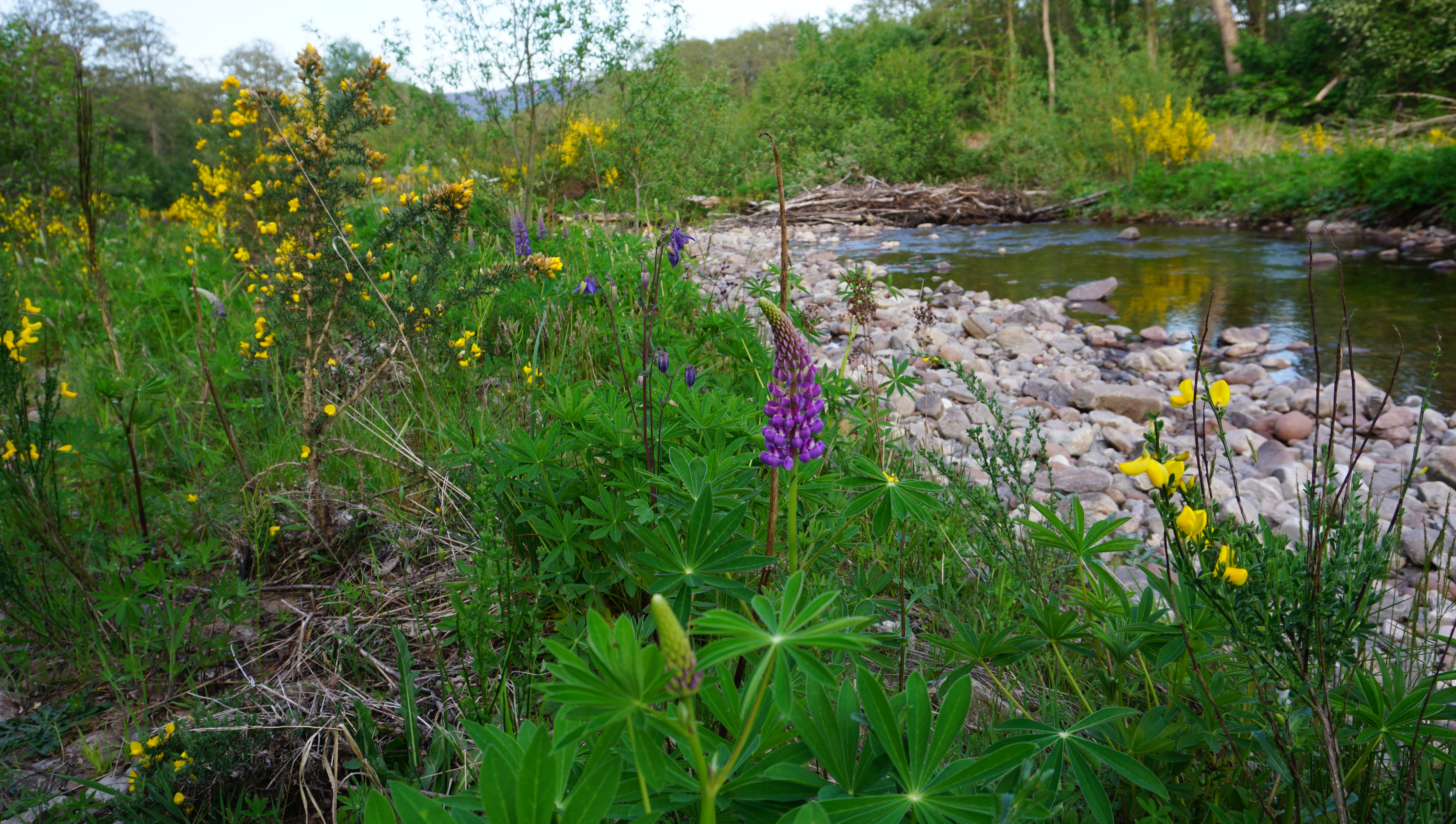
Compared with traditional conservationists, rewilders are more relaxed about non-native species and the emergence of ecosystems that lack a historic equivalent. This is because rewilding seeks to restore ecological processes and functions so ecosystem can become ‘self-willed’: meaning that nature is less managed and has the autonomy to develop, adapt and evolve. In the rewilding rubric, if a non non-native species can play a similar functional role in ecosystems to an extinct or missing native species that is cool. Similarly, if the role of rewilding is to assist the initial stages of ecosystem recovery and then let go it is inevitable that ecosystems will reassemble from organisms available in the environment – native, non-native, wild and domesticated.
This is not to say that rewilders eschew the active control of non-native species, such as the lupins on the Tummel shingles. A guiding principle of rewilding is variously phrased as ‘protect the best restore the rest’, and ‘complement established conservation approaches’. The Tummel Shingle islands are a Site of Scientific Interest (SSSI), a designation introduced 70 years ago to protect the ‘special interest of the range in variation of habitats’ that has since evolved to cover all sites of high conservation value. Rewilding signfied a new role for SSSIs as protected source habitats for the recovery of now rare species and as ‘point’ in time baselines for understanding historic and future ecologies.
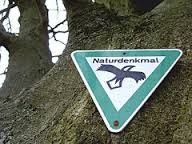 For me the novel plant community with invaise members I encountered on the banks of Loch Ness held both scientific value. It exemplifes the cosmopolitan ecosystem that rewilding will produce and acts as an ‘other’ against which instutionalsed conservaton practices can be discussed and appriased. In my view, we should record, visit, appreciate and discuss such places as ‘Naturdenkmal’ – an old European conservation designation – which directly transaltes as ‘markers for thinking about nature’.
For me the novel plant community with invaise members I encountered on the banks of Loch Ness held both scientific value. It exemplifes the cosmopolitan ecosystem that rewilding will produce and acts as an ‘other’ against which instutionalsed conservaton practices can be discussed and appriased. In my view, we should record, visit, appreciate and discuss such places as ‘Naturdenkmal’ – an old European conservation designation – which directly transaltes as ‘markers for thinking about nature’.
Related blog Does rewilding work for plants?

